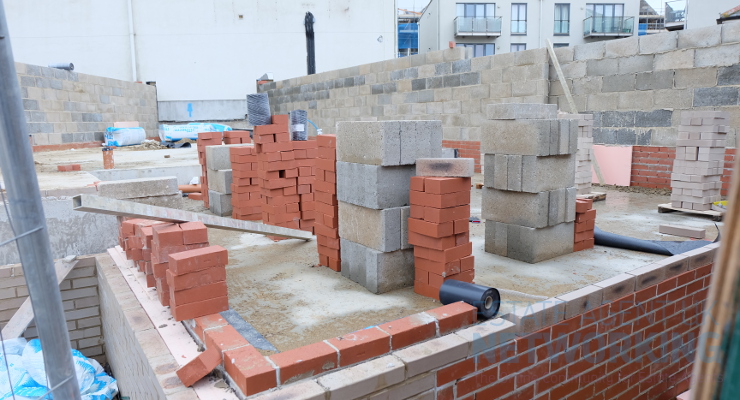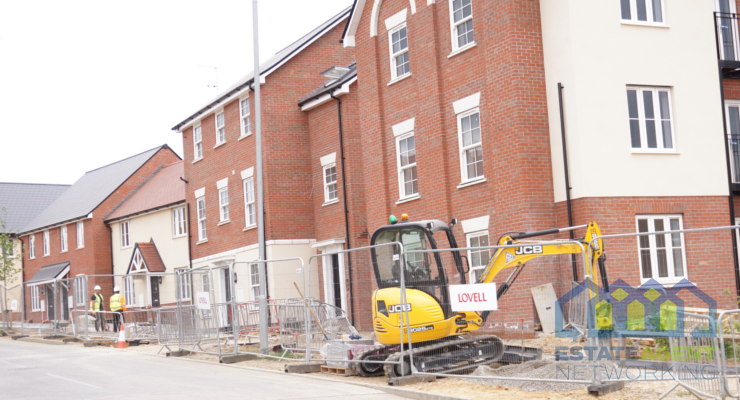5 Essential Elements Of A Site Plan
Most people search for a home property to buy that is worth investing in. However, many also look for a home that they can adapt to, build on, and renovate to create the ideal home they desire. According to a survey, over three-quarters of British homeowners have spent cash on improving and renovating properties in 2021.
Similarly, upgrading and building a property is not as easy as you may think since it needs thoughtful preplanning. Furthermore, renovating and building a home without much plan can lead to adverse legal and financial impacts that the homeowner could deal with. For that reason, it would be best to have a site plan.
Defining Site Plan
A site plan or a plot plan is a detailed architectural illustration that shows the location, orientation, and form of a building on site. It includes the landscapes, dimensions, contours, and essential features of a piece of land. It’s a graphical representation of the different parts of a development project, including the arrangement of buildings, parking facilities, lighting, driveways, water lines, etc.
Zoning
Fire Hazards
Building Height
Building Usage
Having a site plan before renovating is essential as it allows you or your architect to avoid future mistakes by providing an opportunity to integrate the needed changes in your development plan. Also, it can help with meeting the necessary permit standards by serving as a part of the construction documents. If you don’t have the skills and knowledge to easily make a site plan, there are many companies or third-party services that you can find online to help you.
Likewise, there are essential elements that your site plan must have to be truly helpful. This includes:
1. Property Lines And Distance Between Buildings
Having an awareness of the scopes and limits of your property goes beyond staying within your property lines. There are other factors to consider in having a complete site plan. For instance, the buildings and infrastructures in your current area can significantly influence your design. So, ensure that you take note of all those measurements in your plan because concerns such as the following are crucial to what goes on around the site:
Also, note that you cannot trespass on another owner’s adjacent property. Hence, it’s essential to have property lines as part of your site plan. Property lines are the confines of the property that signal you about your boundaries when having a renovation or home upgrade. It will prevent you from conducting more surveys and drawings that can waste the precious time you should spend on other things like planning the materials for your home renovation and focusing on other crucial elements of a site plan. It’s also beneficial in preventing you from having a lawsuit from other owners.
2. Parking
If your house is in a commercial area or a place with heavy traffic and a dense downtown environment, including parking in your site plan while improving a home can be a daunting task. Parking can be hard to plan in this type of location, and a lot of time is spent thinking and researching to determine the suitable amount of parking.
Therefore, it’s crucial to include parking diagrams that consist of the following items in your site plan:
Flow Of Traffic
Signage
Accessible Parking Spaces
Dimensions
3. Existing And Proposed Conditions
You will need to show a presentation of your home as it is, along with the proposed plan that you have created. You need to show your property’s existing and proposed conditions, including fence lines, power lines, and utility.
Depicting your house as it is along with your proposed plan can help your architect understand how your design will impact your site or how the site will impact your design.
Moreover, this will also allow the reviewers of your plan and city officials, such as surveyors, to have the proper portrayal of your home plan. After your site is accepted, other city officials will notify you if they need to be present throughout the construction process.
4. Easements
A sketch of an easement is needed if a part of the property is shared by another person for some reason. For instance, if you require a pipe run and it trespasses the corner of another’s property’s boundary, you definitely will need an easement to have the legal right to cross that boundary and keep that pipe’s portion.
Other home improvements that may require easement are the pathway through your home into a neighbourhood park and parts of the property maintained by the homeowner’s association.
Likewise, companies use a type of easement called utility easement whenever they want access to private property to construct, maintain, and repair utilities on the land. For instance, a utility company may have the legal right to cut a large tree in the surrounding parts of your house if it obstructs their telephone lines.
Violating an easement can result in adverse legal and financial impacts that you should indeed avoid.
5. Landscaping
Landscaping doesn’t exist just for beauty, but often, it’s a part of a fragile ecosystem that people must maintain. Cutting trees and starting all over again may look like a quick solution, but usually, it’s not ideal, particularly in this present day of reduced site impact and sustainability.
Local officials may also examine how plans concerning your property will affect the surrounding ecosystem. This scenario is common in places with natural area rules and narrow landscapes.
For that reason, it would be ideal to plan a home that portrays woodland regions, green zones, and other landscaping features that makes it more appealing while showcasing nature. In general, take note of landscaping as one of the essential elements of a good site plan.
Conclusion
Some choose to buy a property, while others prefer to build and renovate instead. If you have decided to renovate, you must have a plan before doing so as a homeowner. Renovating a house without careful preplanning can leave you with legal and financial worries.
Therefore, it would be wise to prepare and have a solid site plan. A site plan can help you avoid future mistakes in your development plan. It can also be a part of your construction documents that can help you meet the required permit standards. Likewise, in a site plan, there are elements that you should take note of that can help you renovate or build upon your house more successfully.
Such elements include existing and proposed conditions, landscaped areas, parking, and easements.









